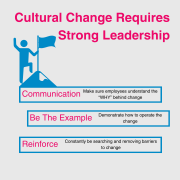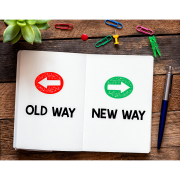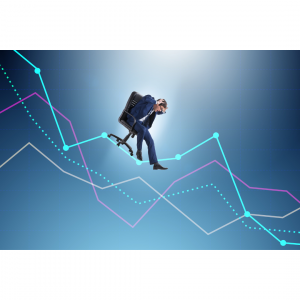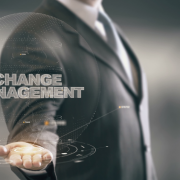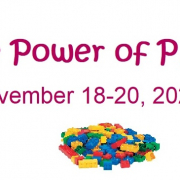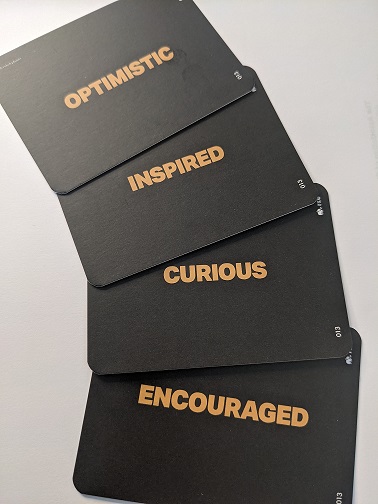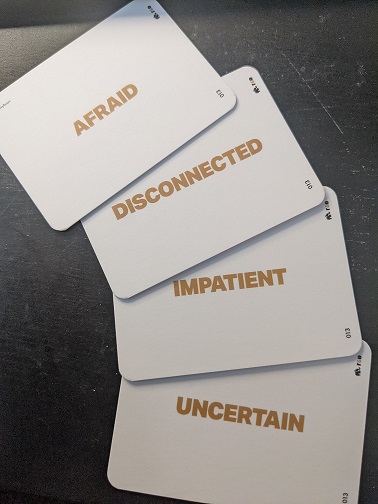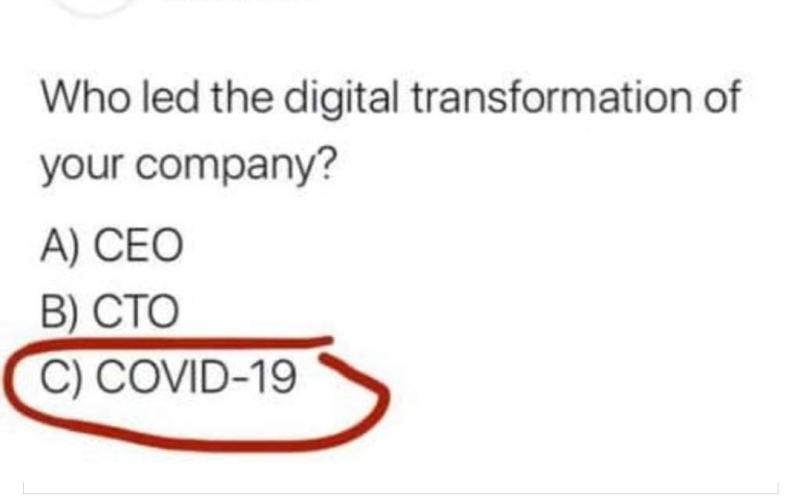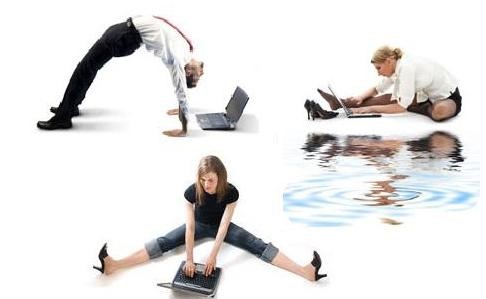As a change management professional, my daily journey involves charting the uncharted waters of organizational transformation. In recent years, the winds of change have been notably stirred by the rapid advancement of artificial intelligence (AI) and other revolutionary technologies. In this blog post, we’ll explore the influence of AI in the working space, examining the cultural shift from feeling threatened to embracing these transformative technologies. We’ll also delve into the potential unleashed by groundbreaking technologies such as 3D printing and blockchain, exploring how they reshape the way we work, particularly in the context of hybrid work environments.
Embracing the Cultural Shift
For many organizations, the integration of AI into the workplace has been met with skepticism and fear. Employees often view AI as a threat, concerned that their jobs may be at risk of automation. As a change management professional, my role is to guide organizations through this cultural shift, fostering an environment where employees don’t merely accept AI but embrace it as a tool to enhance their work.
The key to successful integration lies in demystifying AI, educating employees about its capabilities, and emphasizing its role as a collaborator rather than a replacement. Demonstrating how AI can streamline repetitive tasks, allowing humans to focus on more creative and strategic endeavours, helps shift the narrative from one of fear to one of opportunity.
Understanding the potential of your organization comes from truly understanding its Culture. Our unique organizational cultural analysis and mapping tool allows you to understand the current shape of your organization and see where it needs to flex and grow to reach its potential.
Organizations are made up of people and appreciating the dynamics of their roles, responsibilities and purpose helps to unleash its potential.
This tool can be used to not just assess the whole organization, but through breaking it down into a team, group, division and/or other levels, find opportunities to lean on your internal dynamics while building strategies that are focused on key areas for improvement and create learning journeys to achieve them.
Reviewing the culture and its impact lend itself to our cultural shape analysis: https://capillaryconsulting.net/cultural-shape/

The Potential of Revolutionary Technology
Beyond AI, revolutionary technologies like 3D printing and blockchain are reshaping industries and challenging traditional ways of working. 3D printing, for example, enables rapid prototyping and customized manufacturing, transforming the production landscape. Blockchain, with its decentralized and secure nature, has the potential to revolutionize supply chain management, ensuring transparency and traceability.
Change management in the context of these technologies involves not just integrating them into existing workflows but reimagining entire processes. It’s about helping employees understand the transformative power of these tools and guiding them through the necessary adjustments. Embracing these technologies opens up new possibilities, fostering innovation and adaptability within the organization.
The Evolution of the Work Environment
The rise of AI and revolutionary technologies has also catalyzed a shift in the way we conceptualize and organize our workspaces. The era of the traditional office is giving way to a more flexible and adaptive model—the hybrid work environment. This paradigm accommodates remote work, flexible schedules, and collaborative digital tools, blending the best of both physical and virtual workspaces.
As a change management professional, I recognize the importance of guiding organizations through this evolution. The hybrid work environment demands not only a technological infrastructure that supports remote collaboration but also a cultural shift that values outcomes over hours spent at a desk. Embracing this change requires effective communication, transparent policies, and a commitment to fostering a sense of connection and belonging among employees, regardless of their physical location.
Before you can build out your strategy for dealing with uncertain times, you have to understand where your organization holds strength and may experience vulnerabilities.
The VucaCanvas® is a tool that provides a visualization of these strengths through game-based facilitation, making meaningful connections. The core of the review is to assess capacities across the organization to navigate VUCA situations when they arise.
Preview more here: https://capillaryconsulting.net/vucacanvas/

Fad or Fundamental Shift?
Some skeptics have dismissed the wave of change driven by AI and new technologies as a mere fad, comparing it to the brief enthusiasm for a return to the office, as seen in Zoom’s initial push for in-person collaboration. However, the transformative impact of AI and revolutionary technologies goes beyond temporary trends.
These technologies have proven their ability to enhance productivity, streamline processes, and open up new avenues for innovation. The key lies in recognizing that the changes brought about by AI and new tech are not fleeting fads but fundamental shifts that demand a strategic and sustained approach to change management.
Article: Even Zoom is calling its workers back to the office — at least 2 days a week – https://www.cbc.ca/news/business/zoom-back-to-office-1.6930585 Source: CBC News
Nurturing a Proactive Approach
To navigate these uncharted waters successfully, organizations must adopt a proactive approach to change management. This involves continuous learning and adaptation, anticipating the evolving needs of the workforce and industry. Embracing AI and revolutionary technologies is not a one-time event but an ongoing process of evolution.
As a change management professional, I encourage organizations to establish a culture of continuous learning, empowering employees to upskill and reskill as technologies evolve. This proactive approach ensures that the workforce remains agile and adaptable, ready to harness the full potential of AI and other transformative technologies.
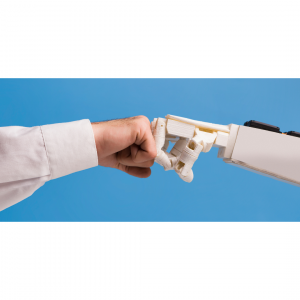
Conclusion
In conclusion, the influence of AI in the working space extends far beyond mere automation—it’s a catalyst for cultural change, a driver of innovation, and a force reshaping the very nature of work. Embracing this shift requires change management professionals to guide organizations through a journey of education, adaptation, and continuous learning.
Revolutionary technologies like 3D printing and blockchain add further layers to this transformation, challenging traditional norms and opening up new possibilities. The hybrid work environment, far from a passing fad, represents a fundamental shift in the way we approach work, demanding a holistic and strategic approach to change management.
As we navigate the seas of change, we must recognize that the influence of AI and new tech is not a fleeting trend but a transformative force shaping the future of work. By embracing this evolution with an open mind, proactive strategies, and a commitment to continuous learning, organizations can not only weather the storm but chart a course to thrive in the digital age.
To browse more information or to book a meeting, please visit: https://capillaryconsulting.com/contact/



